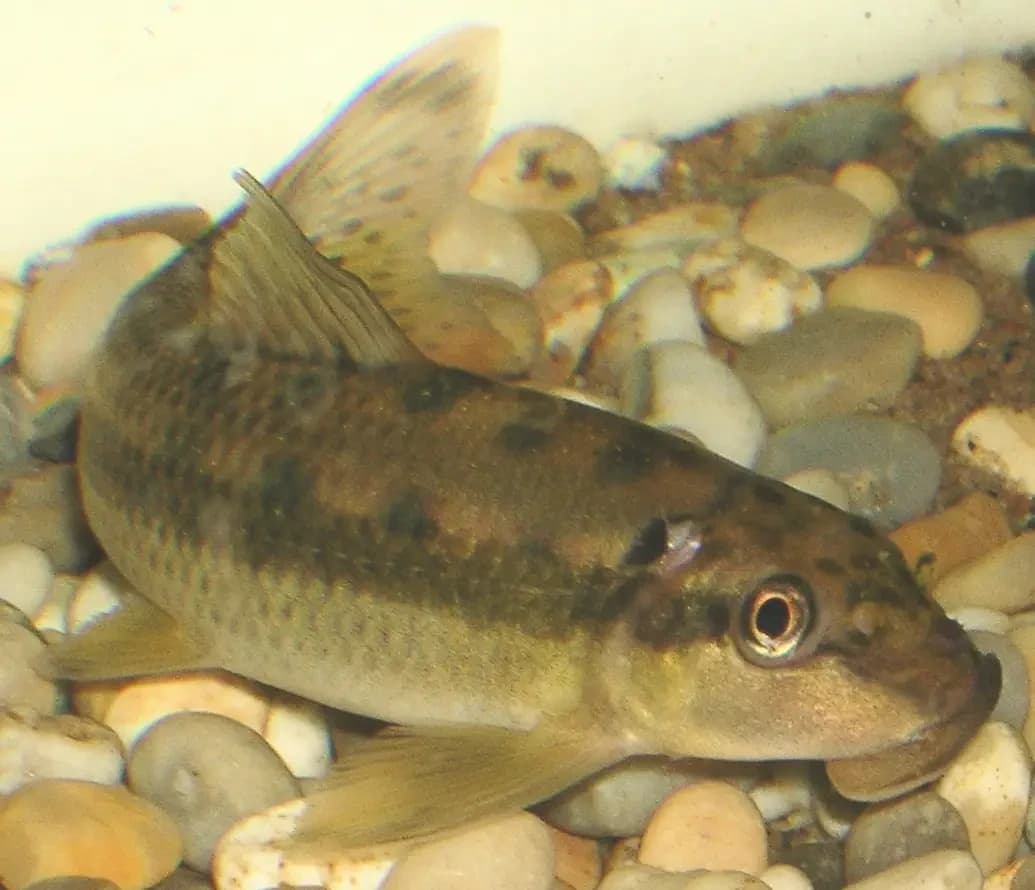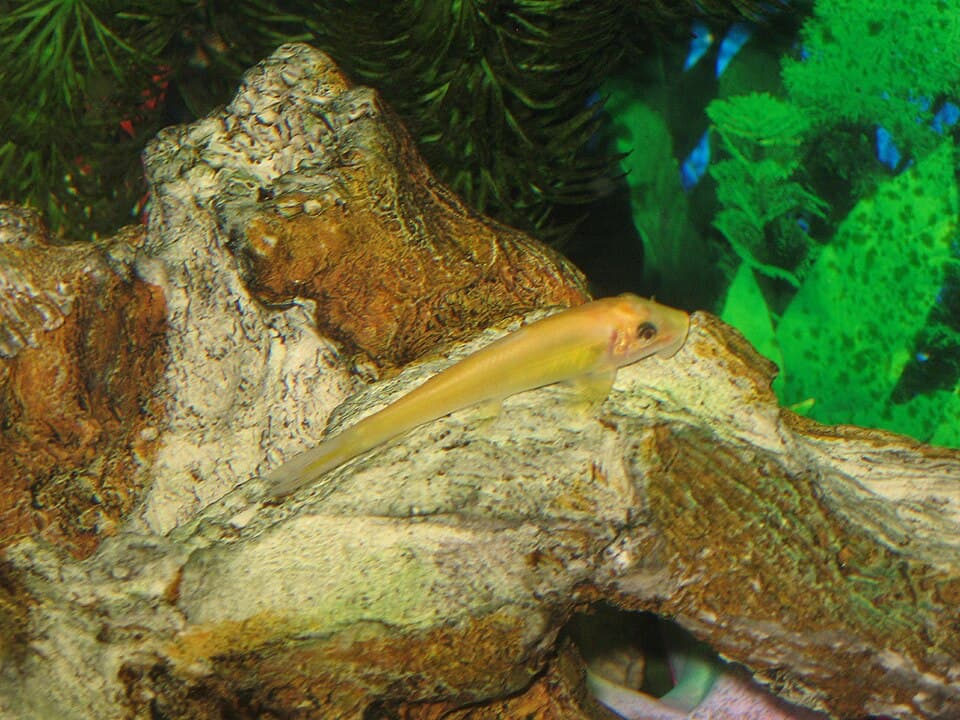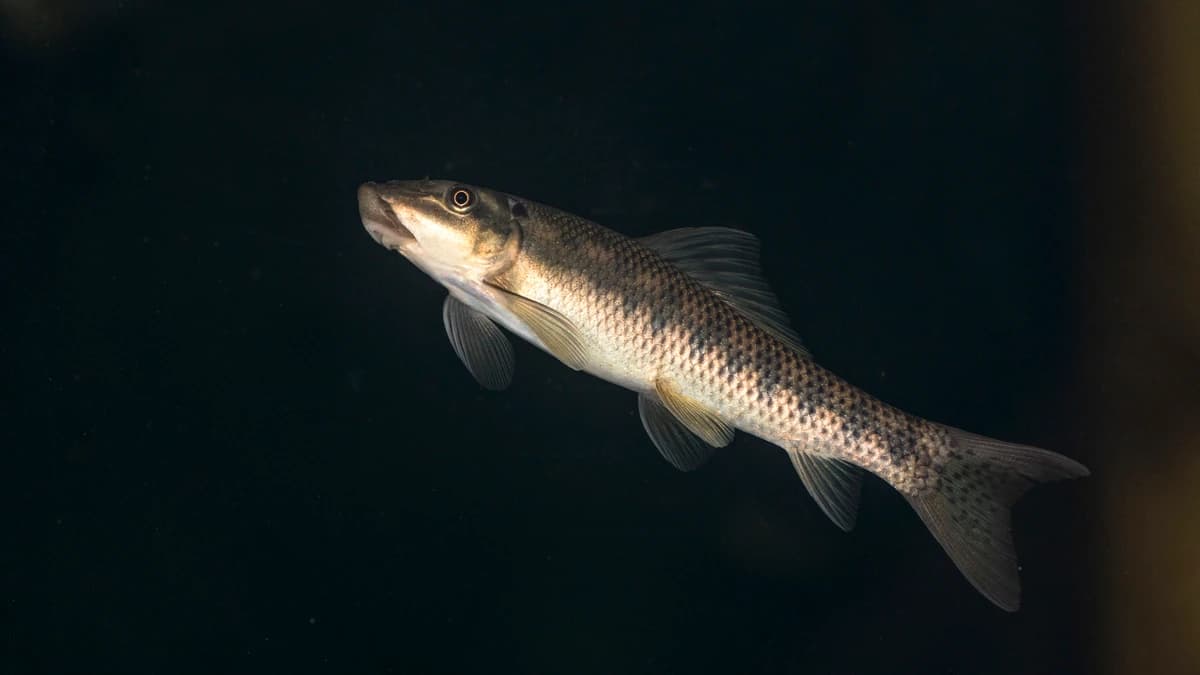Honeysucker (ត្រីស្មុក) is a freshwater fish species that are native to Asia, and they are very common in large rivers. This fish has a strong mouth that allows it to attach itself to rocks in strong water flows. Honeysucker is quite common as food, especially to make “Prahok” which is Cambodia’s fish paste. We have 2 honeysucker fish species in Cambodia, but let’s just talk about them in general.
Appearance

A common honeysucker can grow from 13 to 28 centimeters long, and it has some unique features. This one is the only species in the genus that has 9 branched dorsal rays with 36 to 40 lateral line scales. Its colors vary from pale gray to olive, and it has dark markings along its lateral line. These markings form a solid stripe with alternating higher and lower extensions to uneven dots. Just like other honeysucker fish species, this one also has a special sucker part on its mouth. Despite being small, they are quite aggressive when it comes to territories and they will defend their territories against other fish.
Feeding & Habitats

Honeysucker is also very common in personal aquariums because they consume algae which helps a lot in cleaning. This is also how they got the other names “Chinese algae eater” and “sucking loach”. The thing is that their diet changes as they get older, they want more meat so they forage. Sometimes they even feed off of the body slime on other fish which makes them more prone to infection.
The honeysucker is found in several key areas across Southeast Asia and even China. Some of those are the Chao Phraya Basin, Mae Klong Basin, Mekong Basin, northern Malay Peninsula, and Xe Bang Fai River. When it comes to natural habitats, they prefer oxygenated waters in current areas and rapids. They frequent fast-flowing waters where the bottom is strewn with leaves, pebbles, or wood.
Related Post: Freshwater Turtle Species In Cambodia
